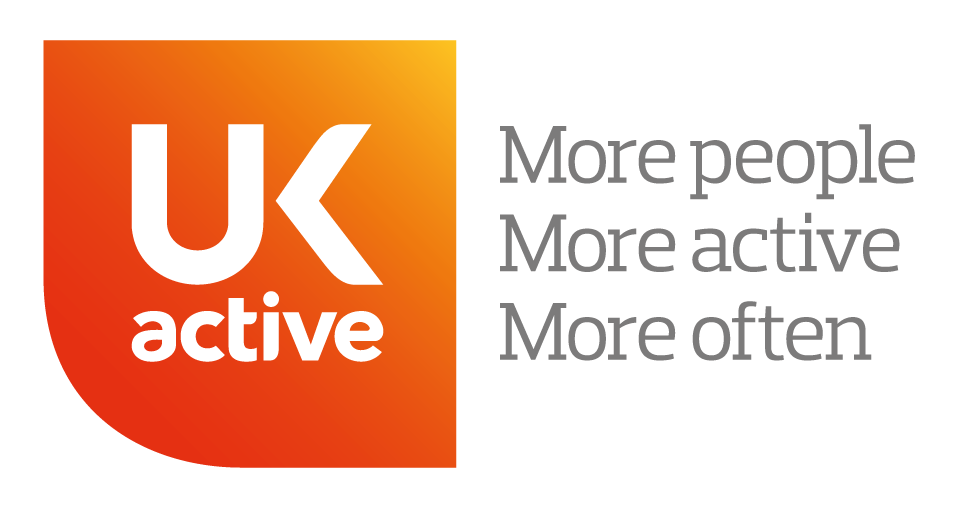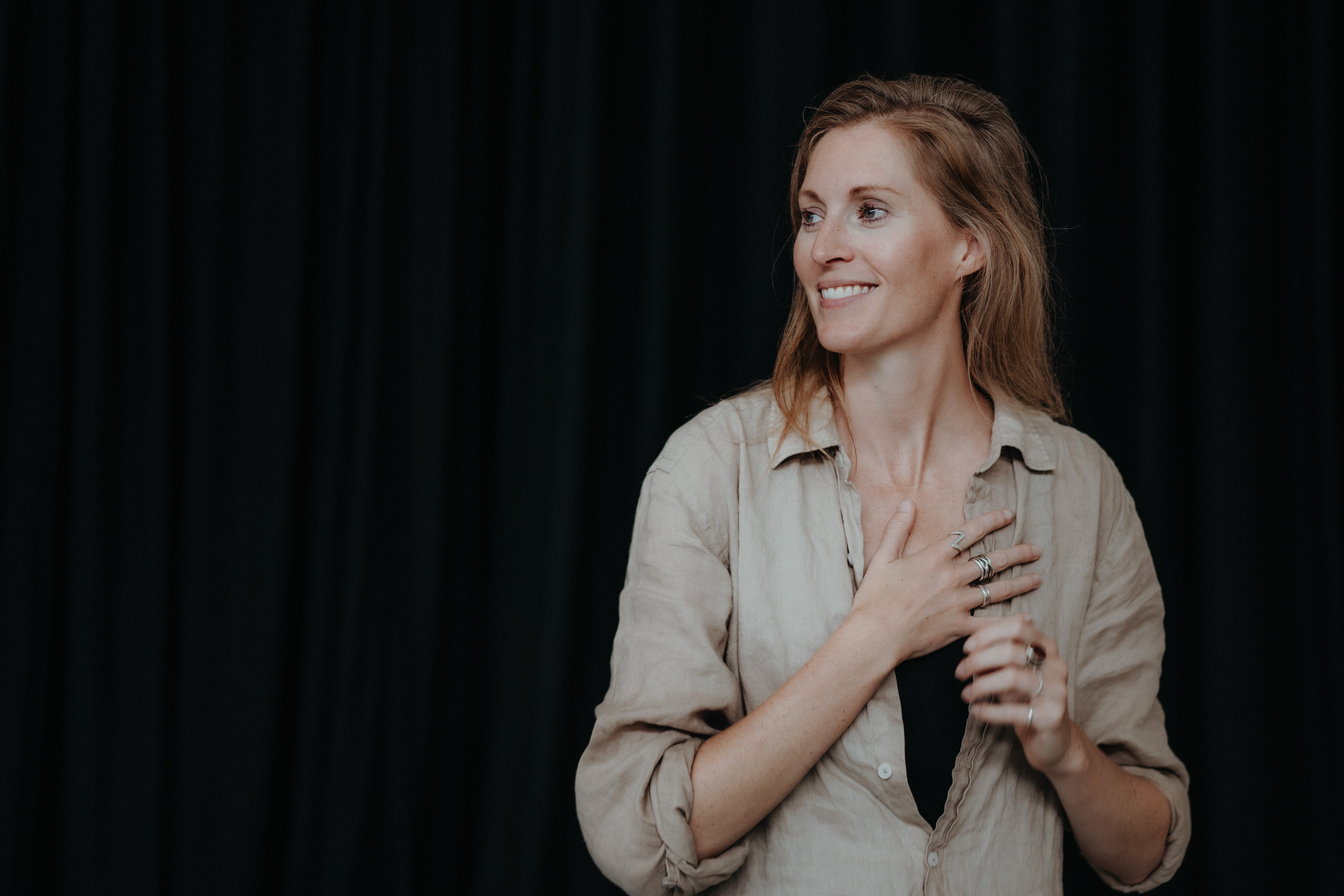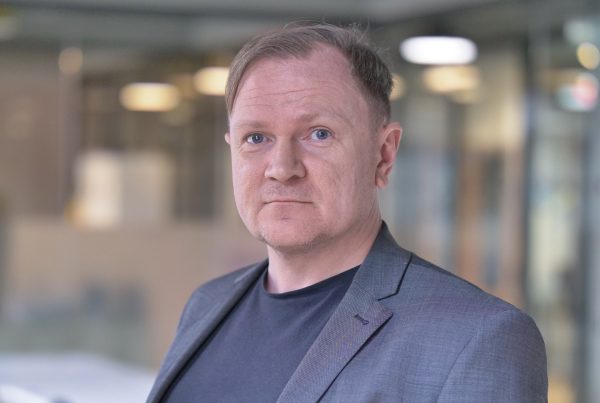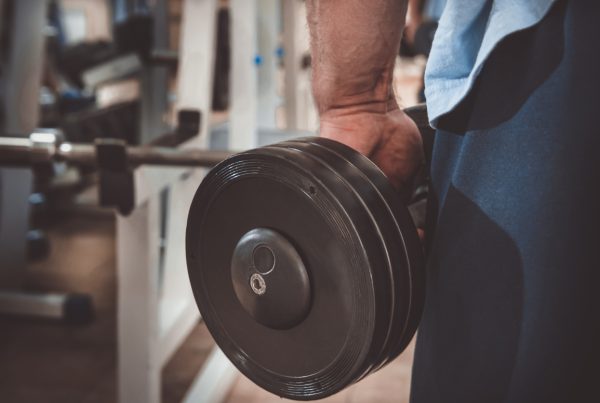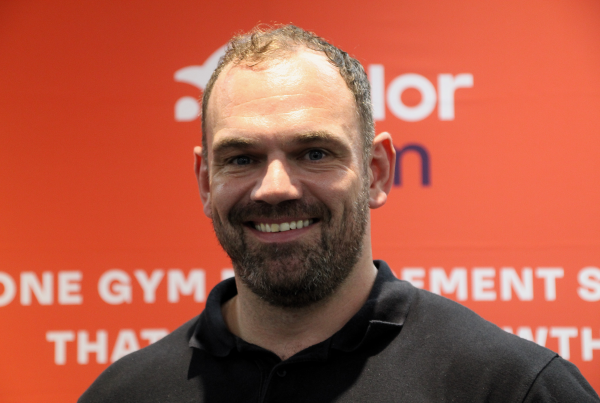In this blog series, ukactive hears from members of the Churchill Fellowship programme who have completed research into physical activity across the globe. ukactive is a Research Partner of the Fellowship and this series gives an insight into the research projects underway and what ukactive members can take from their findings.
In the third blog of the series, Emily Jenkins, dance and health specialist and Founder-Director of Move Dance Feel, shares insights about how dance supports people affected by cancer and explains what the physical activity sector can do to encourage more people to dance for their health and wellbeing.
What is your research looking into?
Research shows that people who are physically active are better prepared for cancer treatment (prehabilitation), respond better to treatment, recover more quickly following treatment (rehabilitation), are more likely to maintain a sense of wellbeing (health management), and can reduce their chances of cancer recurrence (prevention). Despite knowing this, accessible physical activity initiatives for cancer patients are in short supply, and rarely are they endorsed by healthcare professionals.
This was a key motivation for why I decided to make dance available in cancer care – as a holistic form of physical activity that also provides catharsis and effective social support.
Since 2016 Move Dance Feel has been offering dance to women living with and beyond cancer – any type of cancer, at any stage – as a means of alleviating the long lasting and wide-ranging health challenges associated with diagnosis, treatment and recovery.
Findings have revealed extraordinary benefits of dance in this context, which has led to spearheading a Dance in Cancer Care Movement which has been made possible by the Churchill Fellowship. This has enabled us to;
- create an international network of people advocating for dance and movement within cancer care services.
- produce a database of dance and cancer research papers.
- launch Dance in Cancer Care training programmes for professionals working in the health and the arts sectors.
What can the physical activity sector do?
People who live with severe and long-term health challenges, like cancer, are often fearful about undertaking physical activity due to perceived endurance or physical limitations. Therefore, those working in the sector need to be more vocal about the benefits of dance for the cancer community – helping to instill confidence and encourage people to move.
Key messages to communicate are:
- dance, and physical activity, is beneficial at all stages of cancer treatment.
- dance is highly adaptable, involving natural changes in size and speed of movement, so people can take part even on days where energy is low.
- dance is known to give energy rather than take it – it’s energising as opposed to exhausting.
- dance is safe, in that it won’t interfere with medications or treatments, and can actually help people to better manage negative side effects of treatment.
- dance can enhance people’s sense of confidence and body appreciation.
- dance helps people to feel more connected to one another, fostering friendships and reducing loneliness.
- dance provides an instantaneous mood boost, giving rise to joy and alleviating feelings of stress, anxiety and depression.
- dance supports all aspects of wellbeing – physical, mental, social, emotional.
In the UK its now estimated that 1 in 2 people will be diagnosed with cancer. Therefore, more needs to be done to offer movement-based support as it not only improves peoples quality of life but also increases the number of people living beyond cancer – affecting patient outcomes.
Those in the physical activity sector can help by publicising the benefits of movement in the context of cancer and make dance or accessible movement provision available to the cancer community. This can be done by offering dance programmes in popular activity spaces like sport or leisure centres or providing support to existing programmes already doing the work). Support could be funding, raising public awareness or signposting people to activities (e.g. displaying information flyers).
What are your next steps?
The Churchill Fellowship was instrumental for building international connections, which has enabled the sharing of knowledge, practice, research and key recommendations in the field of dance and health / dance and cancer. This global network of people working for change is active and ongoing and now the focus is on creating partnerships with aligned organisations to raise more awareness of the benefits so that more people in need can access support.
To find out more about Move Dance Feel click here and to find out more about Dance in Cancer Care, click here.
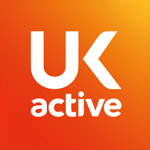
More People More Active More Often
